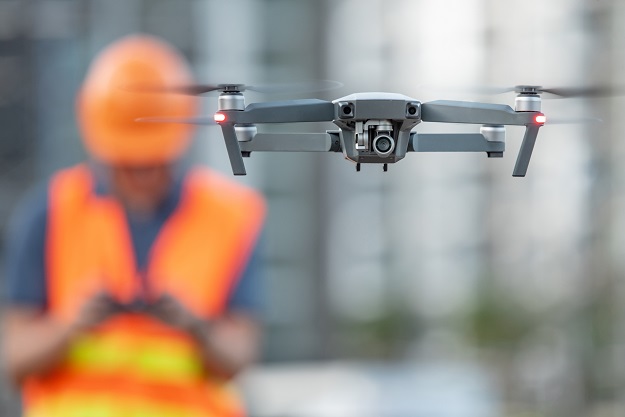
©stock.adobe.com/au/zephyr_p
Following the introduction of $40 registration fees for certain types of remotely piloted aircraft systems (RPAS), the Australian Association for Unmanned Systems (AAUS) is seeking more details of CASA’s RPAS costs and revenue.
In its 2021–22 annual budget, the federal government announced the introduction of the annual drone registration levy for drones flown for business or on behalf of an employer.
The $40 levy applies to drones weighing more than 500 grams and registered on or after 28 July 2021. There is no levy for drones weighing 500 grams or less.
Commercial drone registration was brought in on 30 September 2020 and became mandatory on 28 January 2021.
For drones registered prior to 28 July 2021, there will remain no charge for the registration term, which is valid for 12 months.
The levy is part of CASA’s cost recovery plan for aviation regulatory services.
According to the AAUS, “… CASA forecasts expenses of $28m per annum under the unmanned aircraft levy and is projecting full recovery of $28m from industry from mid-2022. However based on current figures, CASA is only currently recovering $1.4m for 2021–22 from registration fees.”
“As a result of this information, AAUS is seeking greater transparency on CASA RPAS costs and revenue and has recently submitted a request under the Freedom of Information Act 1982 for detailed breakdown of costs and revenue that are contained within the CRIS,” the organisation says in a statement posted on its website.
“The CRIS raises a number of concerns for the RPAS Industry relating to the cost of CASA regulatory oversight and also government’s policy settings on cost recovery from industry.
“If indeed full cost recovery is being directed by government, it would appear to be inconsistent with the government’s recent National Emerging Aviation Technology (NEAT) policy statement in relation to phased cost recovery in recognition of the nascent sector.”
The AAUS has promised to “keep members and the broader Australian industry informed as details are clarified”.
Stay up to date by getting stories like this delivered to your inbox.
Sign up to receive our free weekly Spatial Source newsletter.






